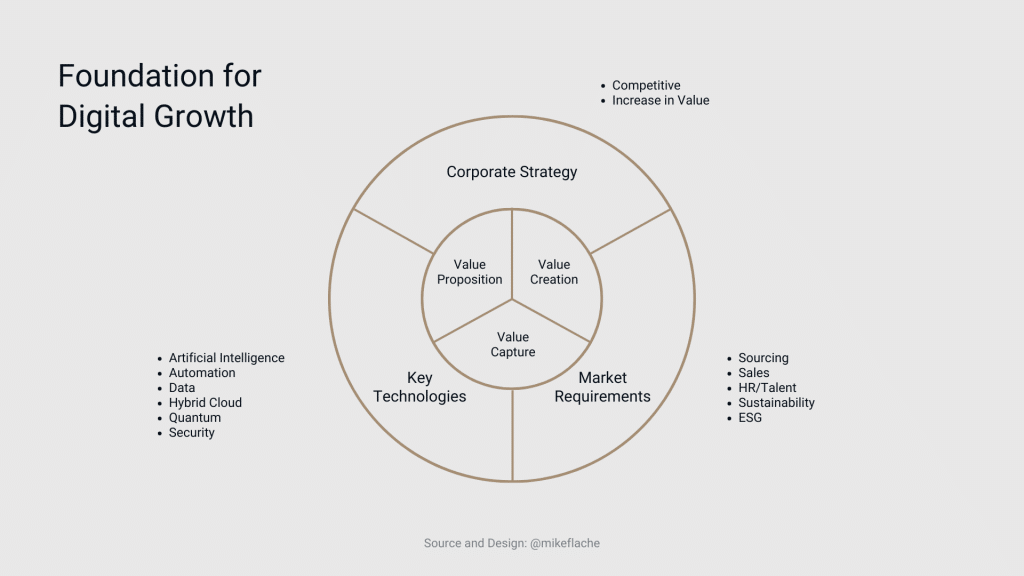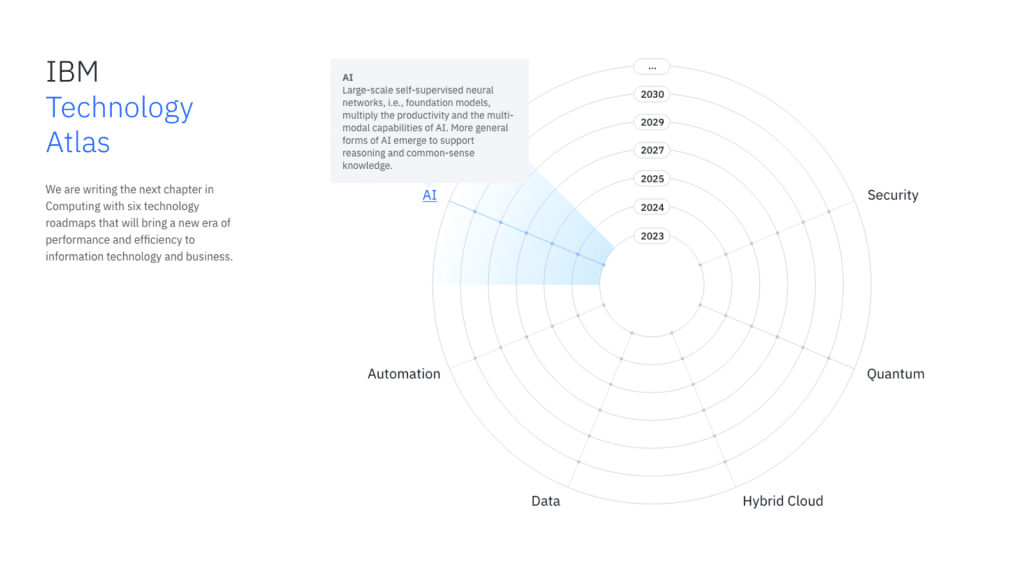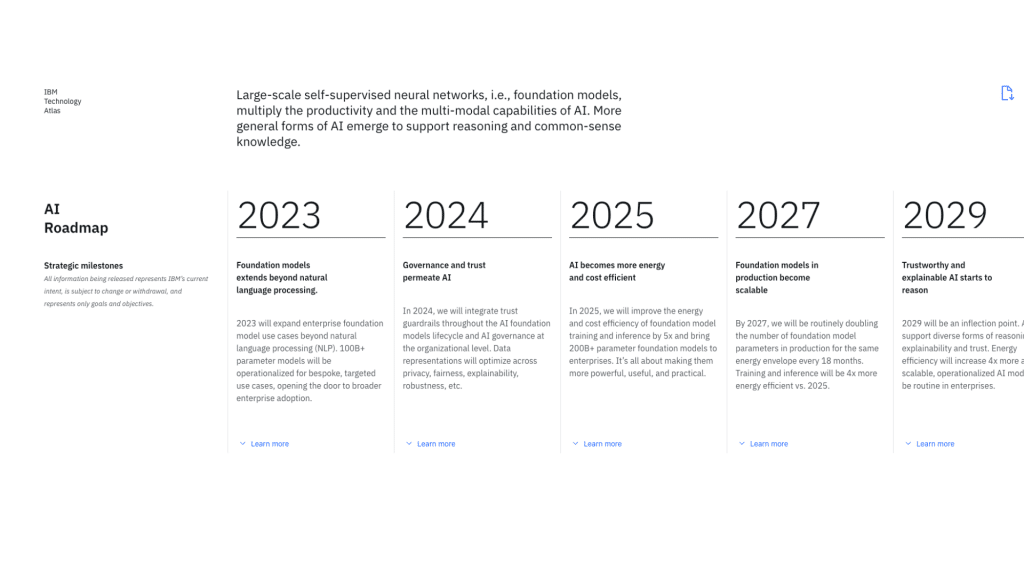The article was originally published in German in the IBM Newsroom.
In the age of hybrid cloud, big data, and artificial intelligence, digital growth is so obvious that it has become a matter of course for every company. But, is this really the truth?
In board meetings, I experience again and again that the desire for digital growth is at the top of the agenda. However, the reality in terms of implementation is different. According to Forrester, 75% of digital growth initiatives fall short of expectations.
In my experience, there are many reasons for this: the global consequences of the COVID-19 pandemic, changes in global supply chains, and the energy crisis, to name just a few. However, one of the main reasons lies within the companies themselves: there is a lack of digital growth strategies that are consistently geared towards value creation and are also implemented sustainably.
Below, let’s make the organizational-level challenges more tangible and find a solution to them.
What are the challenges for digital growth?
In order to achieve digital growth, companies from different industries face several challenges at the organizational level.
A major challenge is the rapid pace of technological advances that require constant updates and adjustments to keep up with the latest tools and trends. In addition, there is often a lack of qualified professionals who can effectively use digital technologies for business purposes. Cyber security threats also pose a major challenge, as misuse of online data can result in significant financial and reputational damage.
Finally, there can be resistance to change within an organization, which can hinder the progress of digital transformation and thus digital growth.
Tackling the challenges of digital growth
In order to turn the challenges of digital growth into opportunities, companies would do well to develop strategies that focus on the value-added aspects of business model innovations.

In addition, companies have the following options:
- Invest in training and development programs to upskill existing employees and attract new talent with digital expertise.
- Implement robust cyber security measures, including firewalls, encryption, and regular security audits to protect against misuse of online data.
- Creating a culture of innovation and change within the organization that encourages employees to experiment with new ideas and approaches.
- Develop a clear digital transformation roadmap with measurable goals and timelines to track progress and ensure accountability throughout the process.
The chart above demonstrates the importance of the KET domain to align value proposition, value creation, and value capture with market needs and corporate strategy. Some target values, e.g. with regard to sustainability and ESG, cannot be achieved without the use of appropriate key technologies.
Against this background, rapid technological progress is a real challenge; especially when it comes to medium to long-term strategy and investment decisions. In areas such as artificial intelligence, cyber security, or quantum computing, even experienced CIOs and IT experts find it difficult to make concrete forecasts about developments up to 2030. That doesn’t exactly make decisions at the board level any easier.
How can the level of abstraction be reduced in order to develop tangible business cases?
One way is to work with technology vendors who can offer the latest tools and solutions to help organizations keep up with technological advances.
IBM Technology Atlas — seize the business opportunities of tomorrow
With the Technology Atlas, IBM has created a solution that helps companies to gain insights into future technologies, their development, and the associated business opportunities of tomorrow. The core is formed by six so-called technology roadmaps, which map key technologies such as artificial intelligence, automation, data, hybrid cloud, quantum, and security.

Looking ahead to 2030, the IBM Technology Atlas is a valuable resource for technology professionals and decision-makers who want to keep up to date with the latest developments in the industry and also develop concrete business cases for their own companies.
The freely accessible platform allows users to search and explore technologies based on their interests and use cases. They can not only search for key technologies but also understand how these will evolve in the years to come and how they will fit together.

Another advantage of the IBM Technology Atlas is that it is regularly updated with the latest information. In this way, those responsible in the organizations can be sure that they are receiving correct and up-to-date information on new technologies and trends.
Conclusion
Digital growth is and will remain one of the top agenda items in executive board meetings. So the question is not whether but how organizations can achieve digital growth.
A key aspect is to consistently align all considerations and planning with value creation and, moreover, to align it with corporate strategy and market requirements, including sourcing, sales, HR/talent, sustainability, and ESG.
New technologies are crucial for competitiveness. Organizations that can transform these technologies from abstraction into tangible business cases will meet the challenges of digital growth and remain future-ready in today’s rapidly evolving digital landscape.

